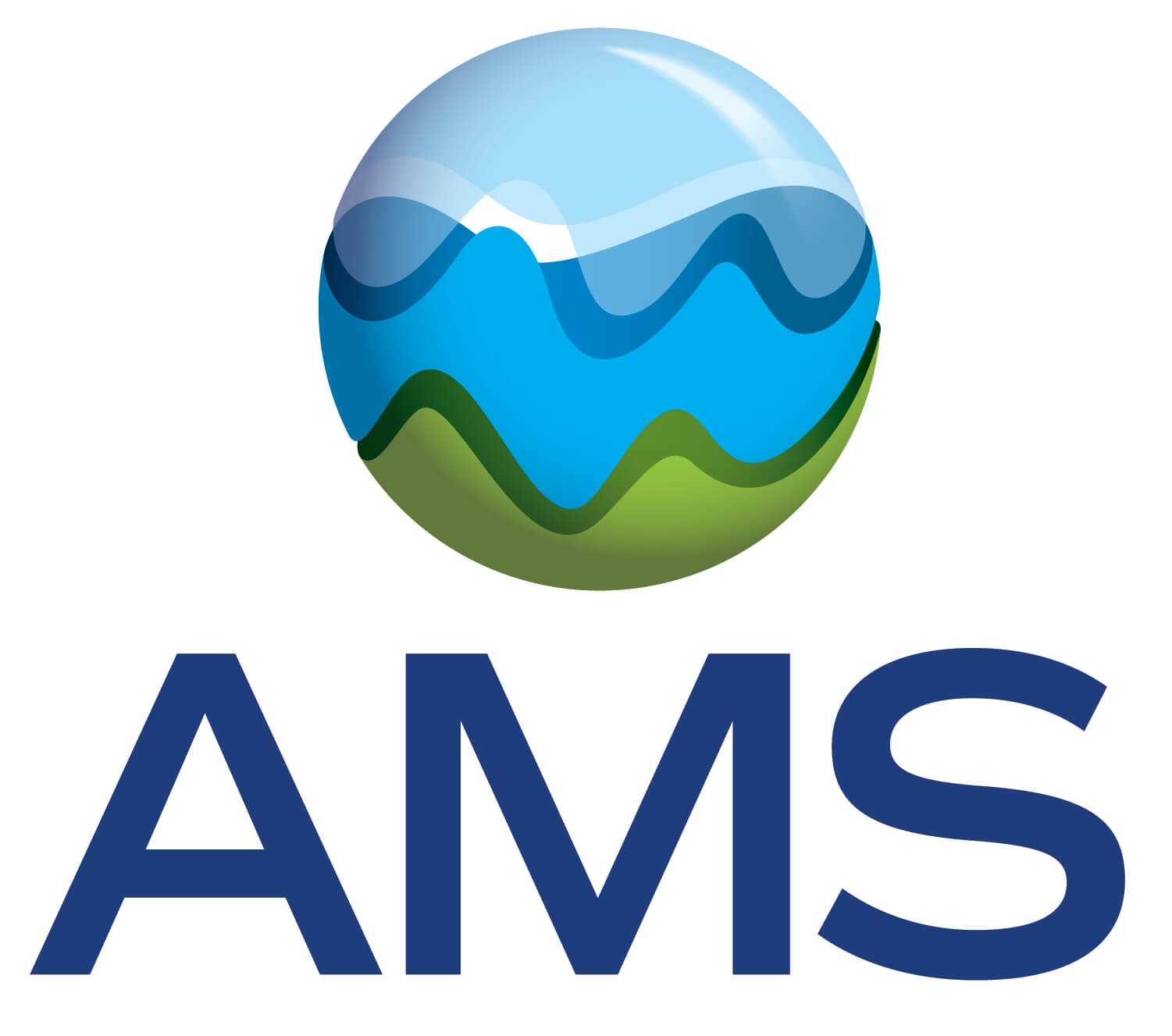Towards Resilient Viticulture: Vineyard Microclimatic Zoning as a Tool for Sustainable Adaptation
- 1Centre for the Research and Technology of Agro-Environmental and Biological Sciences (CITAB), Institute for Innovation, Capacity Building and Sustainability of Agri-Food Production (Inov4Agro), University of Trás-os-Montes e Alto Douro, 5001-801 Vila Real
- 2Natural Hazards Research Center (NHRC.ipt), Instituto Politécnico de Tomar, Quinta do Contador, Estrada da Serra, 2300-313, Tomar, Portugal
- 3Symington Family Estates, Vinhos SA, Travessa Barão de Forrester 86, 4431-901, Vila Nova de Gaia, Portugal
- 4Esporão SA, Avenida. do Restelo 44, 1400-315 Lisboa, Portugal
In order to achieve sustainable and optimised grape production within vineyard plots, it is crucial to have a deep understanding of the spatial variability of microclimates. This study utilises a microclimate model (NicheMapR) in conjunction with multiple climate data sources to analyse microclimatic conditions in two vineyard plots: Quinta do Bomfim in northern Portugal and Herdade do Esporão in southern Portugal. The innovative approach achieves a spatial resolution of 10 meters for climate variables. Local station hourly data is combined with ERA5-land data using quantile mapping bias correction. The microclimate model output is further used to correct biases in a EURO-CORDEX model ensemble. Specific climate extreme and bioclimatic indices designed to viticulture are computed for each vineyard plot. By conducting analysis at the 10-meter scale, it becomes possible to identify any potential shifts in temperature extremes, precipitation patterns, and other crucial climatic variables that are relevant to grape cultivation within each individual plot. In regions with complex topography, the importance of microclimate analysis is highlighted, as there are significant variations in climatic variables. However, in areas with gentle slopes, the differences in climatic variables are minimal and therefore the significance of microclimate analysis is less pronounced. According to the projections, it is estimated that there will be a median temperature increase of around 3.5°C and 3.6°C in Quinta do Bomfim and Herdade do Esporão, respectively, when comparing future scenarios for the periods 2071–2100 and 1981–2010. Additionally, there is expected to be a decrease in precipitation of approximately 98 mm and 105 mm in these areas. Thus, this study provides a comprehensive and forward-looking approach to analysing microclimates in vineyard plots. By integrating geospatial data, ERA5-land data, and the microclimate NicheMapR model, the research aims to provide viticulturists with a better understanding of current microclimates and future climate scenarios.
Acknowledgments: Research funded by National Funds by FCT – Portuguese Foundation for Science and Technology, under the project UIDB/04033/2020 and LA/P/0126/2020 (https://doi.org/10.54499/UIDB/04033/2020). Vine & Wine Portugal—Driving Sustainable Growth Through Smart Innovation, PRR & NextGeneration EU, Agendas Mobilizadoras para a Reindustrialização, Contract Nb. C644866286-011.
How to cite: Fonseca, A., Cruz, J., Fraga, H., Andrade, C., Valente, J., Alves, F., Neto, A., Flores, R., and Santos, J.: Towards Resilient Viticulture: Vineyard Microclimatic Zoning as a Tool for Sustainable Adaptation, EMS Annual Meeting 2024, Barcelona, Spain, 1–6 Sep 2024, EMS2024-138, https://doi.org/10.5194/ems2024-138, 2024.















